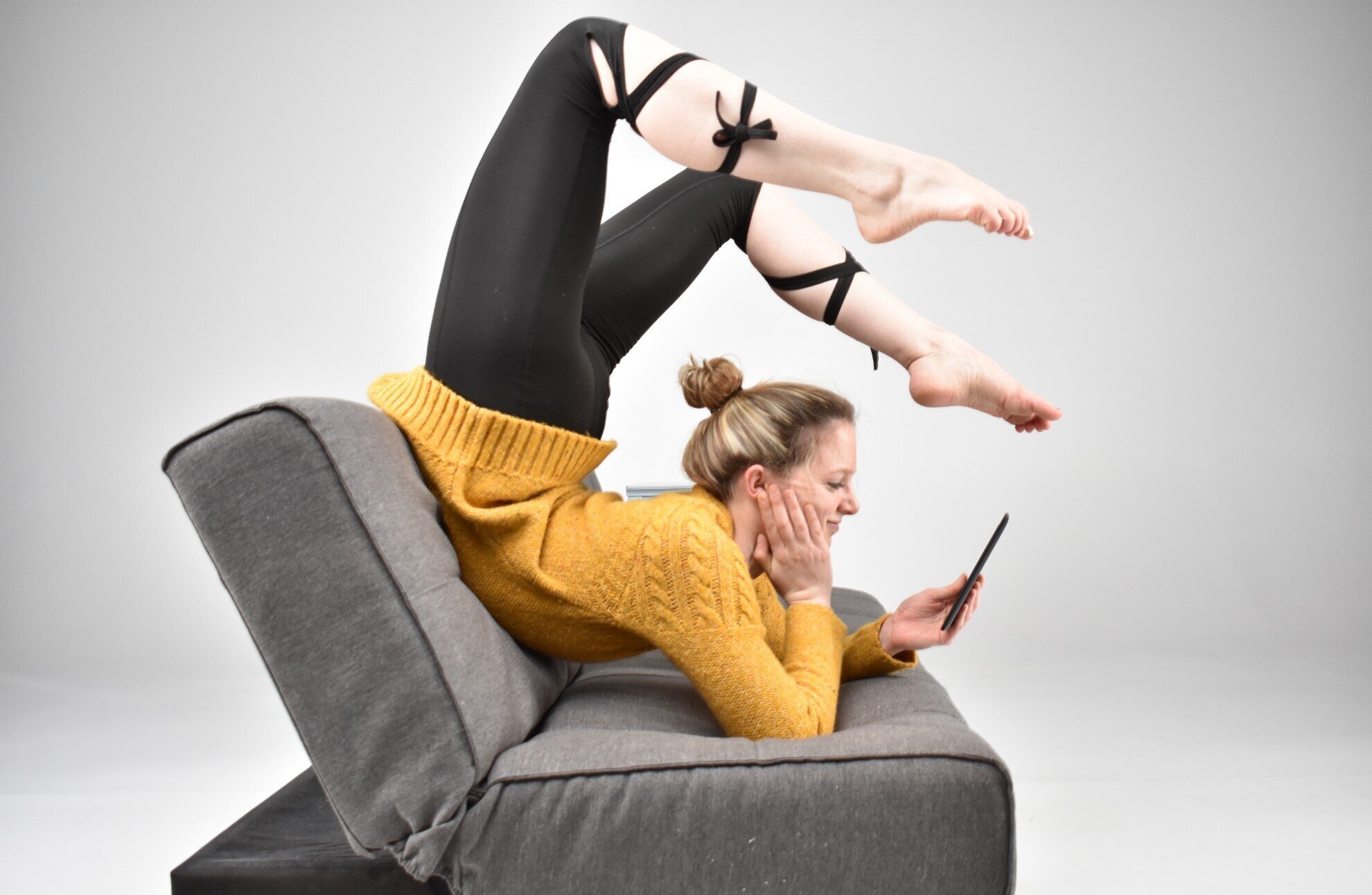
TIPS, TRICKS & HOW-TOs
The Bendy Blog: Flexibility Training Articles
Jump to:
Splits & Leg Flexibility / Back & Shoulder Flexibility / Beginner-Friendly / Contortion / All Posts
ALL POSTS
Most Recent
By popular demand (at least according to Google…) here’s a quick, basic back flexibility routine you can use when you’re crunched for time, or as a base to build a longer training routine off of. Note: this routine focuses primarily on backbending (arching) flexibility, not literally stretching the back muscles (which would involve rounding, not arching, the back).
Being able to reach both hands behind your back and touch or clasp your fingertips is a challenging goal lots of people like to work towards. This type of flexibility can be helpful for yogis who like to work on funky arm binds (it’s the same position used in Gomukhasana or Cow Face Pose, but the flexibility can translate to other arm binds as well), for aerialists and pole dancers who need funk shoulder rotation and behind-the-back reaches to grab their apparatus, and for regular Average Joe folks who want enough shoulder mobility to scratch an itch on their back. Personally, I find having a big range of motion in this pose helpful because it allows my to put sunscreen on my own back without needing anyone else’s help (maybe not a primary motivation for most people, but certainly a plus in my book!).
This is a question I frequently get in group classes as well as private lessons - there are some people out there that, based on their hip anatomy, have a hard time feeling inner thigh stretches in things like straddles, middle splits, and frog stretches. Instead, they feel like their legs just get “stuck” when trying to open them out to the side, or may even feel a “pinch” in the front or side of their hip. This can be frustrating because no matter how much you try to stretch, you don’t see any progress in your middles or straddles.
Now what if I told you the solution to this flexibility plateau was NOT trying to push the stretch deeper?
Do you really need to warm up before stretching? Isn’t stretching usually a “warm up” for other workouts?
This really depends on the type of training you plan on working on. The goal of “warming up” is to prepare your body - your muscles, your joints, your cardiovascular and nervous systems, etc. - for your upcoming workout. For some hobbies, like martial arts or pole dancing, that often means including stretches as part of the warm up to be able to use that flexibility in their skill work.
But what about for flexibility training as a “work out?” This is where it really depends on the intensity of the stretching you’ll be doing.
Do you ever feel like you make some good progress during a stretching session, only to have your flexibility revert back to it’s previous less-bendy state the next day? Or maybe you notice you’re able to stretch deeper after a heavy workout like weightlifting than trying to stretch randomly in the middle of the day? Do you have long-term goals to be able to touch your toes or drop into the splits without doing any kind of warm up? All of these are related to the difference between our warm vs. our cold flexibility.
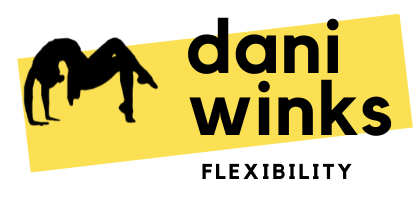
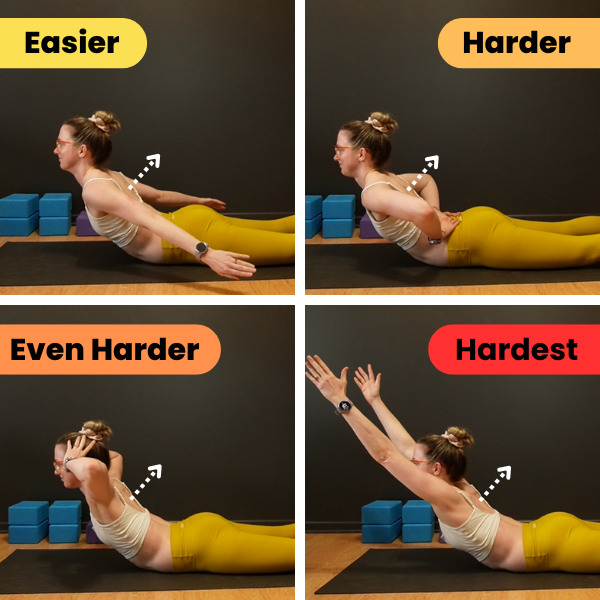

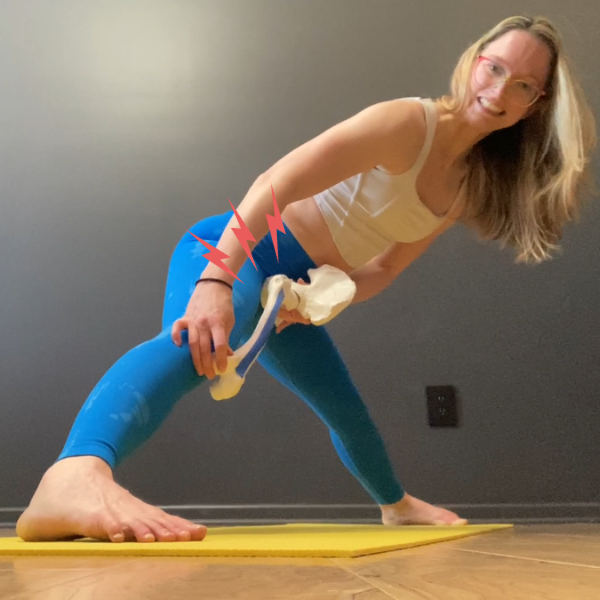

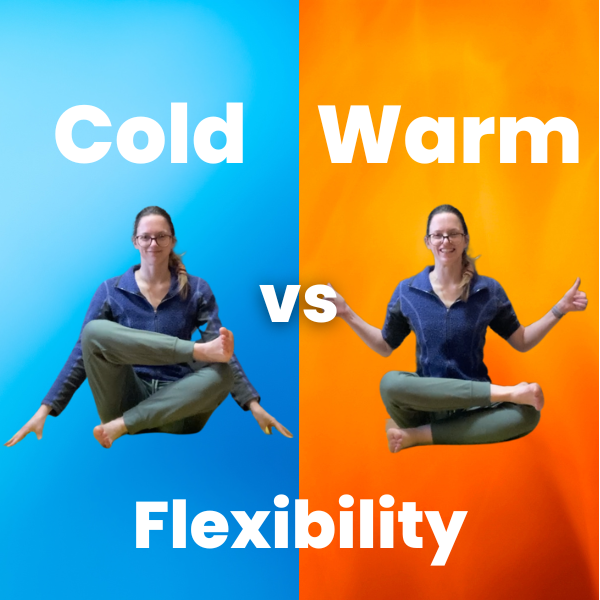
This is a topic I wish I had learned about WAY earlier in my flexibility training journey, because it made such a huge difference in my leg flexibility (and I see the same thing happen with many students that I work with).
For the longest time, I just thought I had tight calves when it came to forward folds . . .